stratification
 |
| PLANET ENGLISH / Jose Wendell P. Capili |
| Business Mirror Monday, 23 February 2009 02:38 |
| ALTHOUGH Sampaloc is largely composed of people who are not wealthy, a fraction of its population can be considered comfortable. But I did not know anything about stratification until I entered prep school at age five and half. One of my playmates remarked often that I had been fortunate to learn the English language properly by gaining admission to the University of Santo Tomas (UST) elementary school. His father could only afford to send him to a public school along Dapitan. When I turned seven or eight, the distinction between private schools and public schools loomed larger than what I had previously supposed. In Sampaloc, a child’s ability to speak well was attributed often to a school. Kids from affluent families were usually sent to Dominican School, a private school located at the corner of Pi y Margal and Governor Forbes (now Arsenio Lacson). It was probably the grade school in our area that charged the most exorbitant school fees. The conventional Catholic families sent their children to UST or Holy Trinity in Balic-Balic. The old rich and the financially upcoming sent their children to St. Theresa’s along D. Tuazon, Quezon City, Lourdes along Retiro, or San Beda along Mendiola. There were parents who sent their kids to Ateneo in faraway Loyola Heights. Many Chinese Filipinos sent their kids to St. Jude (near Malacaňang), Chiang Kai-Shek or Uno (along Jose Abad Santos). Those who missed the deadlines set by most private schools ended up in schools with later application deadlines: St. Jude along Dimasalang or Perpetual Help School along V. Concepcion (between Dapitan and Laong Laan). I also had playmates from schools within the Mendiola-Morayta hub: Far Eastern University, University of the East, La Consolacion College, Centro Escolar University and National University. Most of my playmates, however, were educated in public schools: P. Gomez along Andalucia (near Central Market and Zurbaran), Alejandro Albert (surrounded by Dapitan, Casanas, Pi y Margal and Instruccion streets), Moises Salvador (along Honradez, near G. Tuazon and Governor Forbes), Legarda (surrounded by S.H. Loyola, Craig, P. Leoncio, and Lepanto) and Juan Luna (along Cataluňa, near Lepanto). During my boyhood years, school pants and skirts were also indicative of wealth, money or power. Private school students blazed city streets daily with their custom-made school uniforms. As a statement of pride, school emblems were frequently highlighted in these uniforms to catch attention. Public school students, on the other hand, felt inferior and resentful because they wore generic khaki pants, faded blue skirts and white cotton shirts. Likewise, those who walked their way to school were envious of those who went to school by car or by school bus. Suddenly, we were no longer one happy bunch of kids in the neighborhood. Even Chinese kids stopped playing with us in the streets because their teachers and (some of their) parents called us “hua na”—a bunch of barbarians. Several other times, those who were studying in very exclusive schools were indifferent to us because we could not speak their brand of standard American English. As I got older, my boyhood friends became estranged from everyone else. I ended up hanging around with kids from UST. Aside from sharing teachers, UST students routinely got involved with communal exercises such as the annual sports intramurals. Escorted by pompom girls and muses, we wore lustrous uniforms then played basketball, volleyball or football in the athletic field. I was not particularly gifted as an athlete so I often sat on the bench. Overall, the level of competition was pathetic. Even more hideous were the names assigned to each team. In grade 4, athletic teams were named after birthstones: pearl (my class team), turquoise, ruby, emerald, diamond, and so on. In grade 5, the teams were named after pairs: beau and beauty (my class team), king and queen, lord and lady, duke and duchess, baron and baroness. In grade 6, the teams were named after cars: Ford Mustang (my class team), Volkswagen, Pontiac and Jaguar. Alternatively, we were also encouraged to sing and dance during school programs. But grade 5 was particularly traumatic. My homeroom adviser had initially selected me to recite a Tagalog poem by Lope K. Santos. Minutes before walking onstage, the school authorities bumped me off in favor of a top couturier’s nephew, largely because my presentation was not in English. Most important, the couturier’s nephew was the favorite of all our teachers and his famous designer uncle designed his princely suits and costumes during school presentations. I looked too shabby and dreadful compared with my favored classmate, whose impersonation of 1970s Motown artists was truly a class act. From the viewpoint of those who were brought up in style and extreme comfort, the little boys and girls who roamed across the streets of Sampaloc were generally lacking in refinement. But even then, there were family members, teachers and friends who kept Sampaloc kids afloat when things occasionally fell apart. In the long run, schools did not really matter for as long as one gets to acquire the certitude of vision to survive and move on. |
Labels: creative nonfiction, sampaloc, stratification








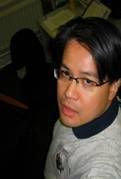
































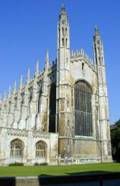


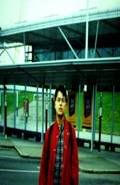



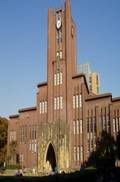


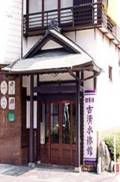
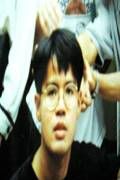
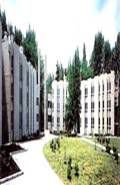










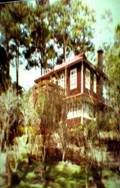
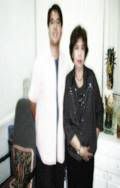







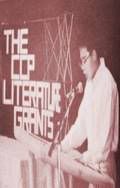
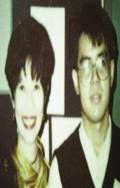

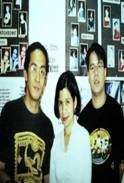
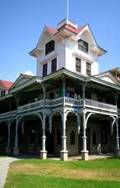
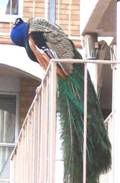
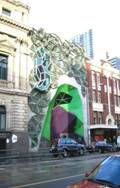











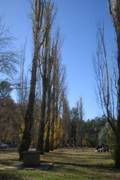






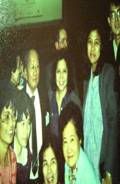


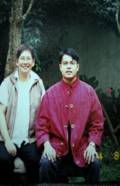


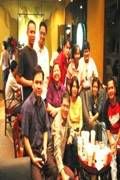

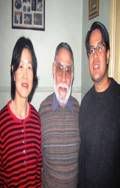
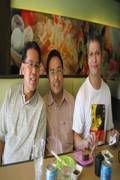

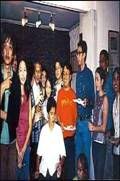
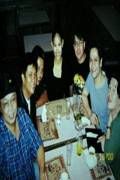

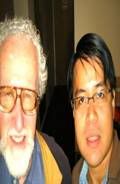


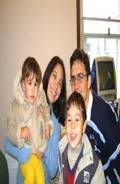

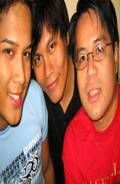

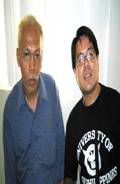
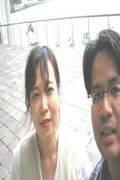
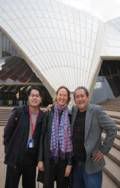
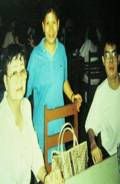


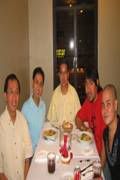


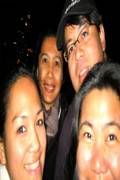
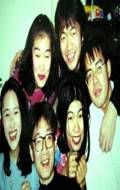
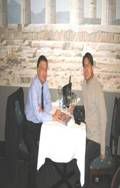









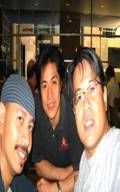
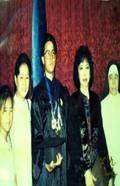
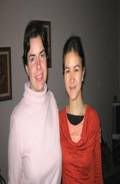

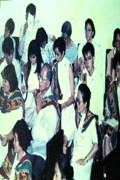
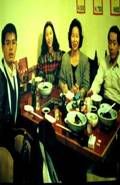


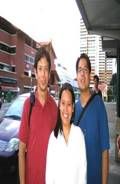
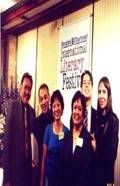




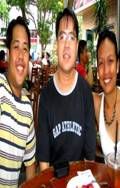

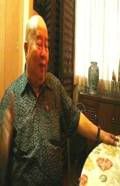



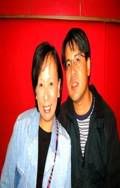




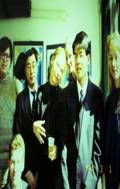


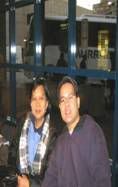
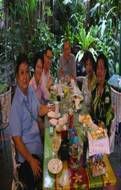
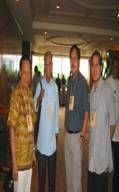
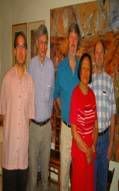
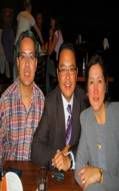
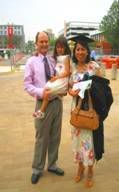
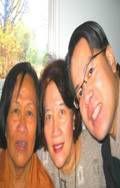
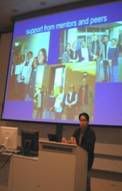
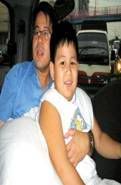
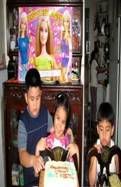
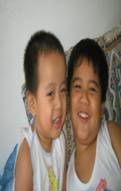




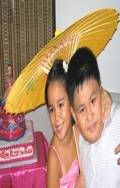

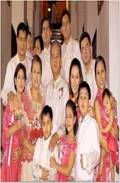







0 Comments:
Post a Comment
<< Home